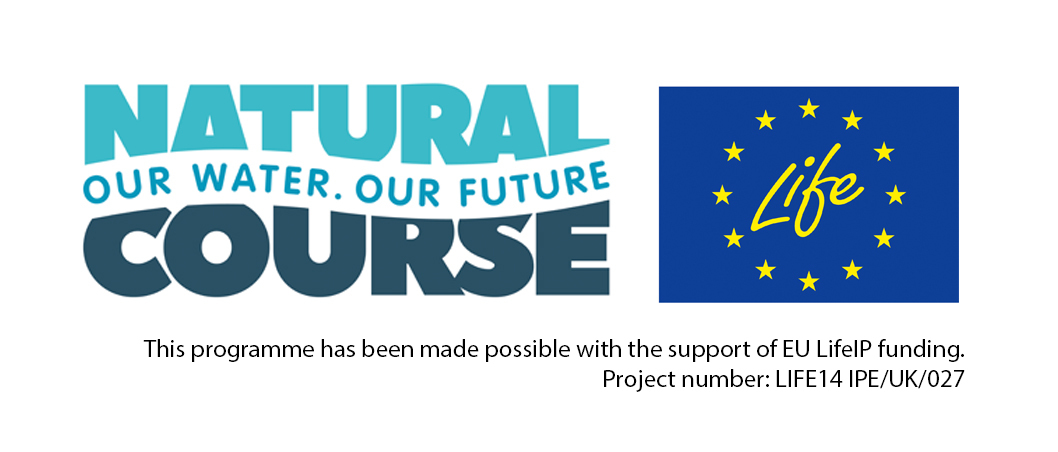
Blog: Updates from the Hillylaid Wetlands
From the start of our Hillylaid Wetlands project in late 2020, we have seen fantastic progress and huge benefits for water quality, wildlife and flood risk mitigation for the community in Thornton.
01/03/22
Earlier this year, we shared exciting news about the development of Hillylaid wetland in Thornton. We are delighted to bring you a new video about the wetland, which has already started to take shape and support a number of species.
If this is the first time you’re reading about Hillylaid, we’ll share a bit of the background. North of Blackpool, Thornton is a low-lying area of land, nestled between the River Wyre and the Irish Sea. The area was once home to myriad of wetland and marsh habitats, over the last 200 years, there has been significant development on the Fylde Coast, which has seen the loss of huge areas of habitat and the considerable modification of two local watercourses. Because of increased pressure on these watercourses from impermeable surfaces, increased rainfall and loss of connectivity to floodplains, there are large number of houses at risk of flooding in Thornton. To help alleviate this risk and to help improve water quality, the Hillylaid wetland project was proposed.
The wetland was first constructed in September 2020, as a result of partnership working between the Wyre Rivers Trust, Wyre Waters Catchment Partnership statutory agencies and local academia.Since then, the local community has come together to help develop the habitat. Most recently, they used their green fingers to plant a range of native wetland species. This small wetland was designed with a simple goal in mind: to improve water quality and alleviate the impacts of flooding. As time progressed, it blossomed into a holistic project, encompassing a wide range of benefits.
Tom Myerscough, Wyre Rivers Trust, said: “the wetland is a win-win for nature and people. The site includes two wetland cells: one optimised for improving water quality, and the other to store water during periods of peak flow, the site also includes a pond which will support a wide range of species including endangered species like the great crested newt, and native wetland plants. We will continue working with the community to monitor the wetland and report on its benefits, which we’re hopeful that – over time – will continue to grow.”
Acting as something of a green oasis in the urban sprawl of the Fylde Coast, this wetland will provide an important space for natural processes to occur. It will filter pollutants out of the water, helping to improve water quality; sequester carbon from the atmosphere, helping to mitigate against climate change; alleviate flood risk, by providing a space for excess water to be stored; and provide an important habitat for wildlife. It will also provide an excellent case study site, allowing partners to understand the outcomes of these projects. While the wetland isn’t a cure-all solution, it represents a fantastic first step towards more resilient landscapes.
United Utilities, a partner on the project, said: “Solving flooding is not something that can be achieved in isolation, collaboration is key. This project is a prime example of what can be achieved when expertise from all flood risk management agencies come together to find a solution that not only helps protect homes against flooding but is also environmentally sustainable to deliver.”
This project has been supported by the EU LIFE IP Natural Course project, United Utilities, Wyre Council the Environment Agency and the Prince of Wales's Charitable Fund.


